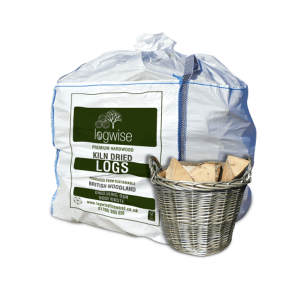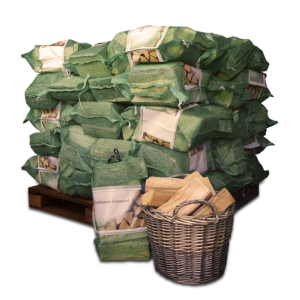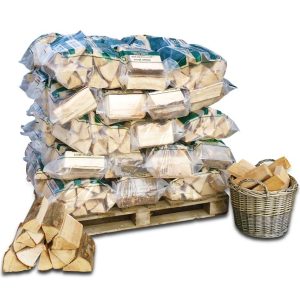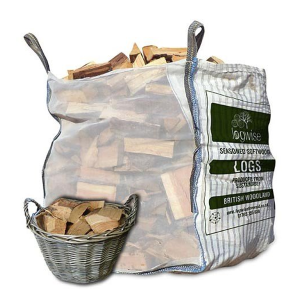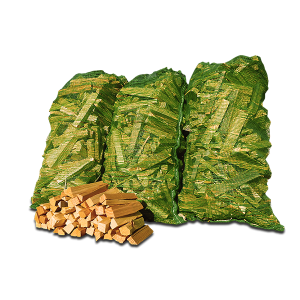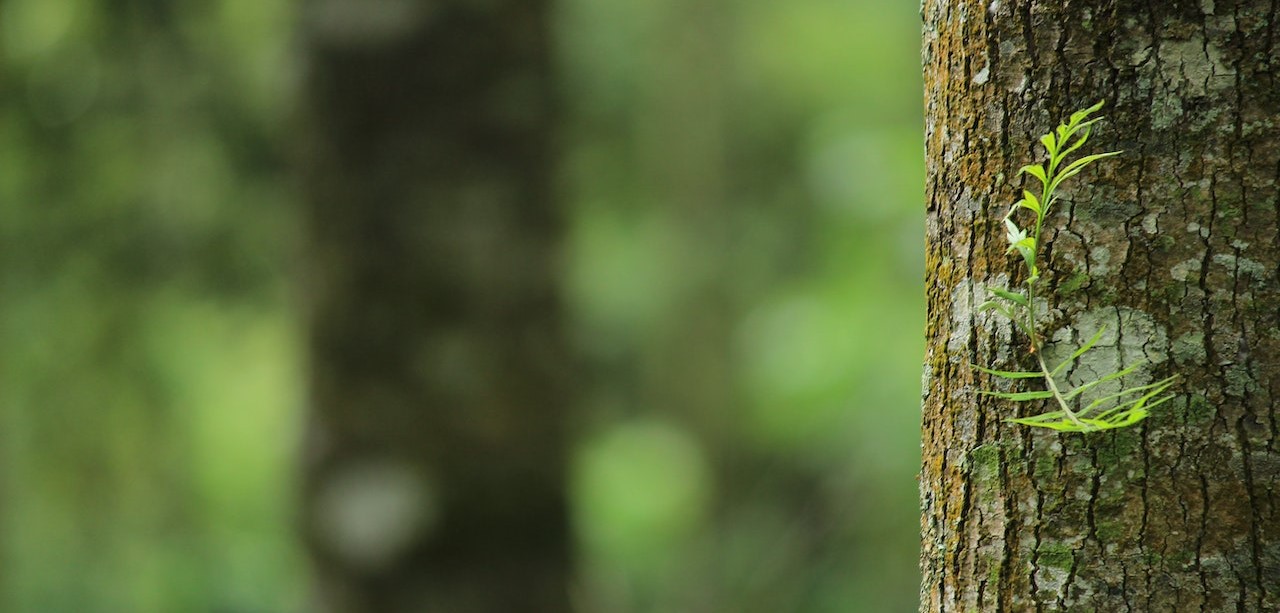
Is it possible to grow your own firewood?
When it comes to keeping your fire going, you’ll often be wondering where the next batch of wood will come from – especially if you pick up dry firewood from around your property. It’s no surprise that many people who own a log burner often dream about growing their own trees or consider planting something they can chop down when they need it.
Today, we’ll explain whether you can grow your own firewood and what goes into the process of making our own logs here at our Yorkshire farm.
So, can I grow my own firewood?
It is possible to grow your own wood, but there are some things you need to bear in mind.
Firstly, you’ll need a decent amount of land!
Secondly, you’ll need to have the right type of tree, as some grow more quickly than others.
And thirdly, you’ll need some patience!
And, even when you’ve grown and chopped the wood, that’s still not the end of the process – you’ll have to have a method of drying the wood so it’s ready to use.
How can I grow my own wood?
If you grow wood yourself, you can use a process called coppicing. This is where you plant your trees, wait for growth and cut back down to stump level when they’re dormant in the winter. This helps the trees to recover and produce new shoots.
However, bear in mind that the amount of growth (yield) you get depends on things like water, temperature, weather, light and even weeds.
Where can I grow my wood?
According to expert wood-growers, you need a patch of land that’s around 10x15m – which you’ll likely already have if you own or rent an allotment, or have a decent-sized garden or grounds. A space of this size could yield an impressive 200kg of wood each year – however, depending on how much you use your log burner, it may only be enough to get you through the winter.
What kind of trees should I plant?
It can be tempting to plant a sturdy type of tree, like oak, for your self-sufficient wood-burning needs. But oak can take a whopping 10 years to mature enough for it to be cut down – and then, depending on how you dry the wood, it can take a number of years for it to be ready to use.
We’d advise on planting trees like tough willows. While willow isn’t the easiest type of wood to cut, it can grow even in poor-quality soil and an exposed location, and some people cut their trees each year.
How long will the wood take to grow?
Willow typically grows around 4m in height in the first year. It then needs to be cut back to regrow. As we’ve mentioned, many people grow willow and harvest it annually, but it’s recommended that you cut it every couple of years, if you can.
What else can I try?
Another choice for home-grown wood is poplar, which can grow up to 8m in its first year, but doesn’t usually grow as many stems as willow does – and the ones it does grow are much thinner. You won’t be able to plant as many poplar trees as willows, though, as they take up more space.
These kinds of trees are usually harvested every 5 years on average, too – so it might not be a practical choice if you need an annual supply. You could also grow trees like ash, hazel, sweet chestnut and sycamore – but would need to be prepared to wait even longer for these to grow, and need a large amount of land.
How do I dry my wood?
You could invest in a wood kiln, or you can choose to dry it outside (a process called seasoning). Just bear in mind that it can take a long time to properly dry out your wood and it might be difficult to tell when it’s ready to use. Wood that hasn’t been dried properly can be hard to light and create a lot of smoke.
What about Logwise?
We source all our wood locally, near our farm in Yorkshire. And it’s all sustainably grown, meaning the woodland where it’s reared is sustainable (FSC certified). We’ll even be able to tell you where the wood in your order has come from, as part of our Logwise Quality Assured scheme.
Our wood comes from a mix of trees including ash, oak and birch. These are then dried naturally (seasoned) on-site, or dried in our kiln (powered by wood waste).
Finally, our softwood matures quickly and grows back fast, too – so it’s incredibly eco.

